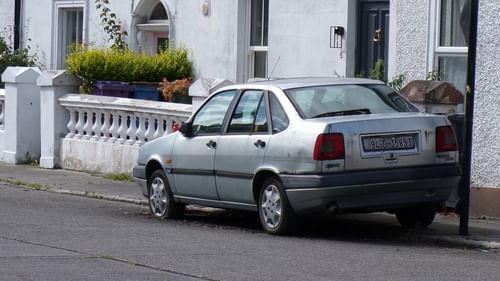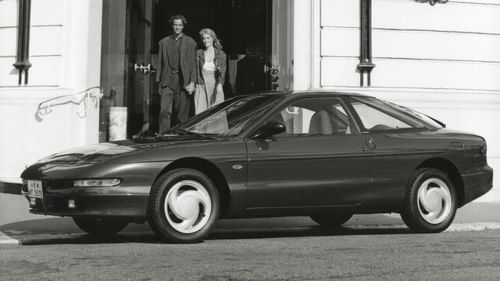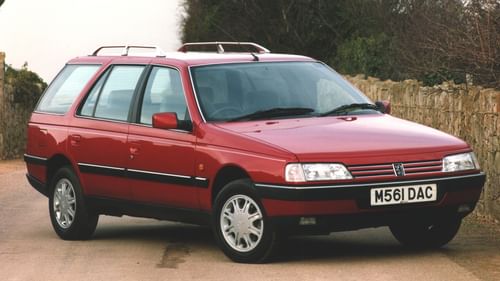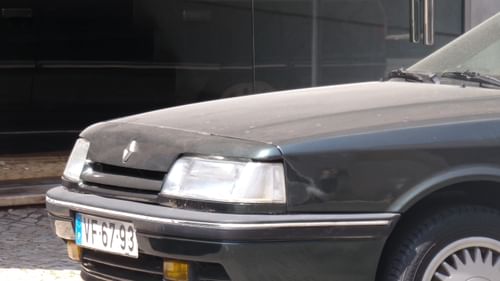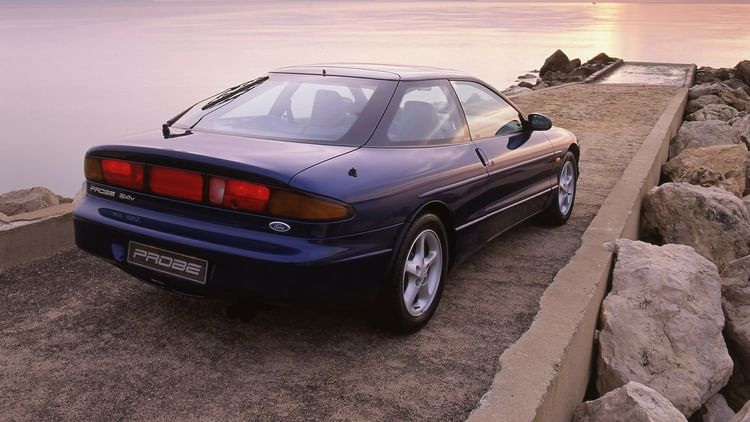
It’s hard to pinpoint precisely when the Ford Probe lost its lustre. Our image-obsessed society is quick to ditch a fashionable coupé once something new and shiny comes along, but the Probe seemed to suffer more than most. Sales totalled a limp 15,000 in the UK over three years, as the Probe failed to inject any enthusiasm for the forthcoming Ford Cougar. So much for the second (or possibly fourth, whichever you look at it) coming of the Capri. The Probe wasn’t the coupé you always promised yourself.
Things started well for the Probe. The 2+2 was given a warm reception by the UK press when it was unveiled at the 1992 Detroit motor show, with strong rumours that Ford was set to dust off the Capri badge for Britain. It was the first American-built mainstream production car since the Model T of 1910 to be available with right-hand drive. Ford said it would take 20 months to re-engineer the car for Japan and Britain, which might explain why the initial lustful desire had given way to muted satisfaction by the time it arrived here in the autumn of 1994. Reviewing a left-hand drive Probe for CAR in 1993, Richard Bremner said: ‘Not only does it look cheap, this interior, but it also looks old, as if it was conceived six years ago.’ He predicted a short shelf life for the Probe, particularly in Britain, ‘because more than a quarter of its life cycle will be over by the time it rolls onto our roads’.
Jeremy Clarkson was more charitable when reviewing the Probe for Top Gear. Wearing his classic suit jacket and jeans combo, Clarkson said ‘it’s the first Ford that I can remember which looks good enough to snap knicker elastic at 50 paces’. It’s a good job Twitter wasn’t a thing in 1994.
I never bought into the whole ‘new Capri’ thing, but I do wonder if the Probe would have enjoyed more success with a different name. Almost everyone had an opinion on the Capri, so the new coupé could have ridden on the coattails of nostalgia. If nothing else, it might have prevented the Probe from appearing on those clickbaity lists of the worst car names. The fact that the Probe also gets mentioned on those awful ‘OMGWORSTCARSEVER’ lists is grossly unfair. Feel free to take a cheap shot at the three-spoke alloys on the 2.0-litre version but stop giving the Probe some stick. It deserves better.
Granted, it wasn’t the best coupé of the 1990s. The Volkswagen Corrado was nicer to drive, the Vauxhall Calibra was better looking, and the Honda Prelude was more technologically advanced. The Probe was even outshone by its more elegant sibling, the Mazda MX-6. Does any of this matter? Coupé drivers tend to be more into aesthetics than aerodynamics, apex kissing and steering feedback.
It wasn’t designed for Europe, and it showed. Ford was caught off-guard by the launch of the Calibra, which accounted for 42 percent of compact coupé sales across Europe. The Probe was a ready-made slice of Detroit iron it could spin for European tastes. It’s just a shame that Ford was forced into repositioning the rear number plate, because I always thought the US butt looked more attractive.
Rather than criticising the result, shouldn’t we be giving Ford a patronising ‘well done for trying’ verdict? At around £20,000 for the wonderful 2.5-litre 24-valve V6 version, it represented good value for money; it was worth paying £2500 extra to avoid having the alloys on the four-pot Probe. Today, you could pay as little as £1500 for a good Probe, which is a small price to pay for an American-built and Japanese-engineered coupé. Knickers to anyone who says otherwise.
This article first appeared in issue 3 of Classic.Retro.Modern. magazine.
